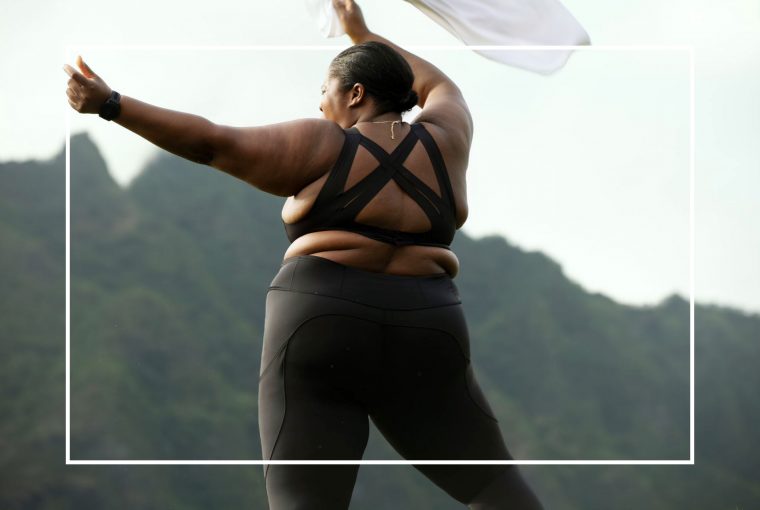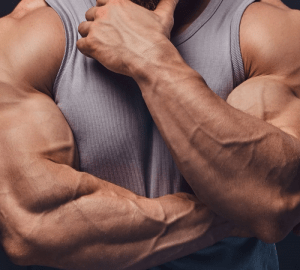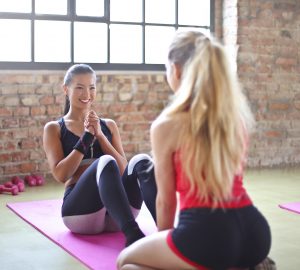People of all shapes, sizes, and backgrounds can (and have) become runners. Still, a “runner’s body” stereotype persists (just search “runner” on Google Images if you need a visual), leaving many people feeling like they don’t belong in the running community. With its new Global Run campaign, lululemon aims to help break down that stereotype and offer more inclusivity in running..
For the new project, lululemon will be highlighting various runners’ stories — including ultramarathoner and anti-racism activist Mirna Valerio, one of the brand’s newest ambassadors — to change the notion of what real runners look like.
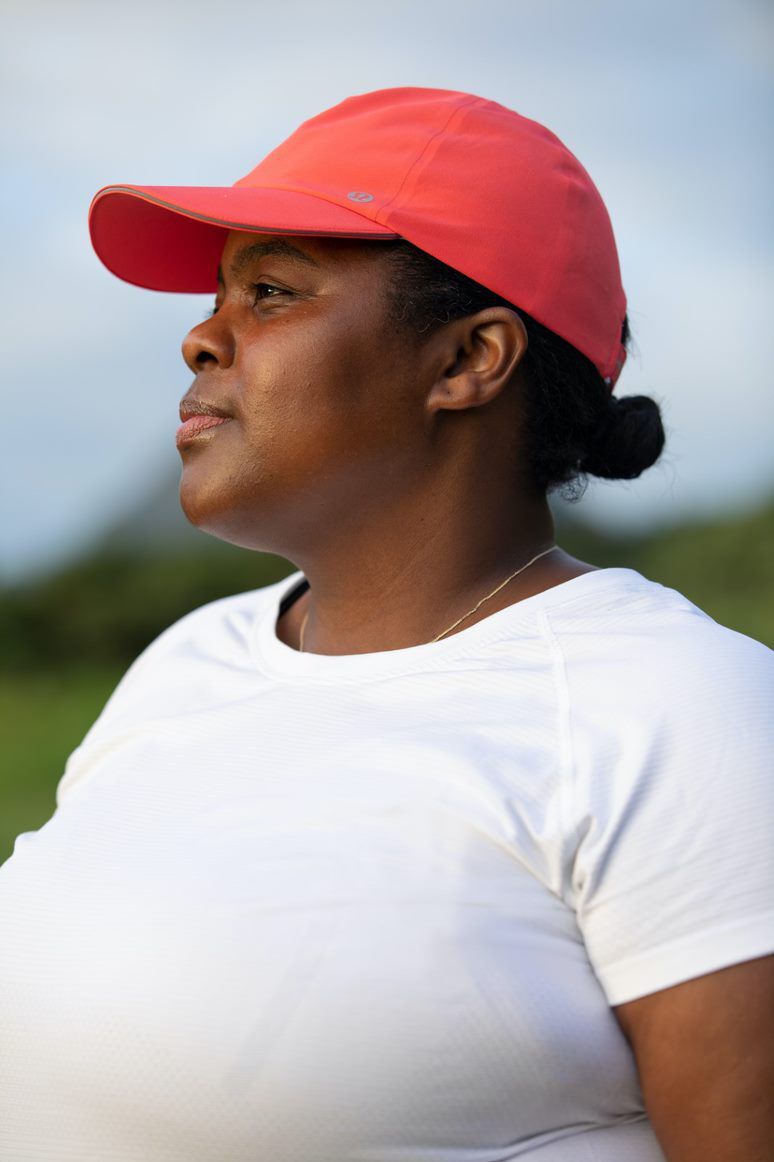
Valerio says she believes that while the running community has made strides toward inclusivity in running, there’s still a lot of work to be done. “One area of particular contention is the attempt to be inclusive of all bodies in running advertising, in publications harboring an incredible amount of diet culture pieces and advertisements posing as articles,” she tells us. “It’s really insidious.”
She’s also found that the myth that “all runners are alike” prevails, adds Valerio. “There’s this misconception that runners are supposed to look a certain way, run a particular pace, and go a certain distance,” she explains. “But if you look at many start and finish lines at [real] races, and if you do a deep dive on platforms like Strava and Garmin Connect, you’ll see that runners come in all shapes, sizes, paces, and work out at differing levels of intensity. No one kind of body owns running. Heck, humanity doesn’t own running. Why are we so caught up with making determinations of who deserves to be deemed a runner?”
No one kind of body owns running. Heck, humanity doesn’t own running. Why are we so caught up with making determinations of who deserves to be deemed a runner?
MIRNA VALERIO
Valerio has previously been open about how not fitting that mold has shaped her own experiences as a runner. For example, in a recent Instagram post, she shared that she’d received negative responses to a post for International Women’s Day, including one that read “RUNNING IS A BAD IDEA FOR PEOPLE WITH OBESITY. SERIOUSLY, IT’S DANGEROUS AND CAN DAMAGE HER HEALTH.”YES, I’M FAT — I’M ALSO A DAMN GOOD YOGA TEACHER
Valerio has also discussed the exclusion of BIPOC in the realm of inclusivity in running, and how that’s played out in her own life. “As a Black person who frequents outdoor spaces for my personal enjoyment, for work, for my physical and mental health and wellbeing, I’m very keenly aware of my existence and my body in spaces that are often seen as white spaces,” she said in a talk for the Green Mountain Club. She even had the police called on her once when taking a run on her own street, she went on to share during the talk.
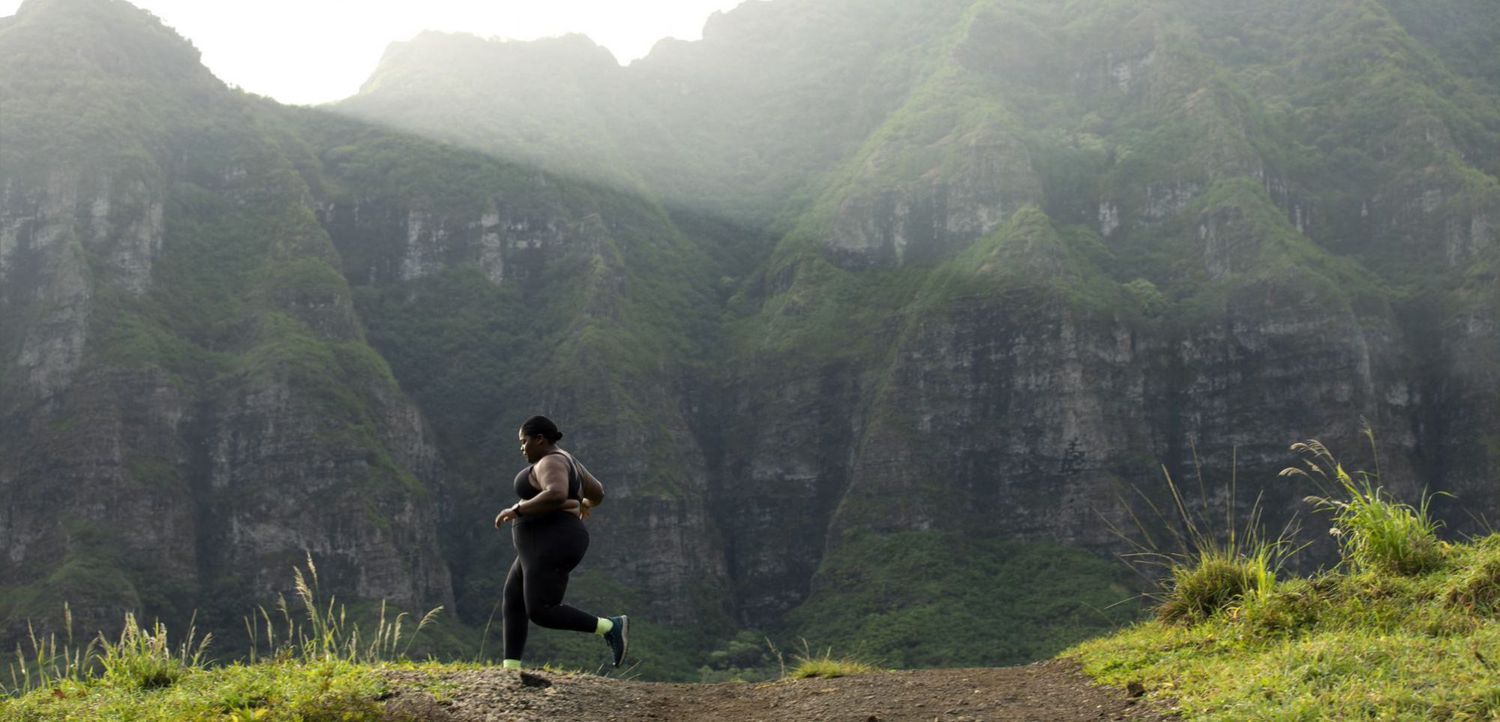
Some fitness brands have arguably contributed to the problem. Lululemon itself has had a history of getting called out for its lack of inclusive sizing. But now, the company’s Global Running campaign follows a promise to become more inclusive, starting with extending its size range to reach size 20.
Valerio tells us she was excited to team up with the brand for multiple reasons. Aside from starring in shoots, the ultramarathoner says she’ll work with the company’s design team in the creation of future products and has joined the lululemon Ambassador Advisory Board, which plays a role in shaping the brand’s diversity and inclusivity in running plan.
“When people see a person like me as part of a company’s marketing and advertising, it makes something that previously seemed inaccessible, possible,” says Valerio. “For lululemon to embrace someone like me as an athlete, as a runner, as a person who is worthy of having apparel that fits, that is thoughtfully designed, and is beautiful, it removes a barrier to access that is key to starting a running journey.”

